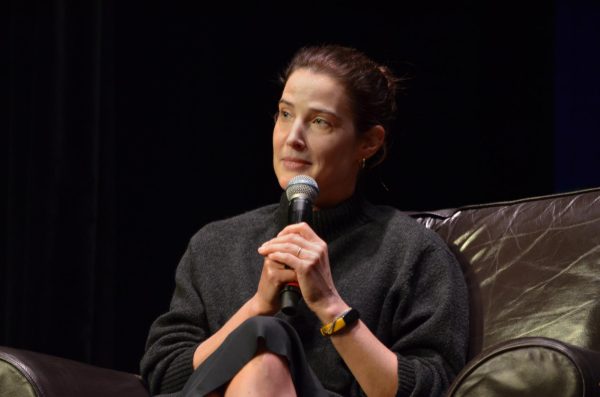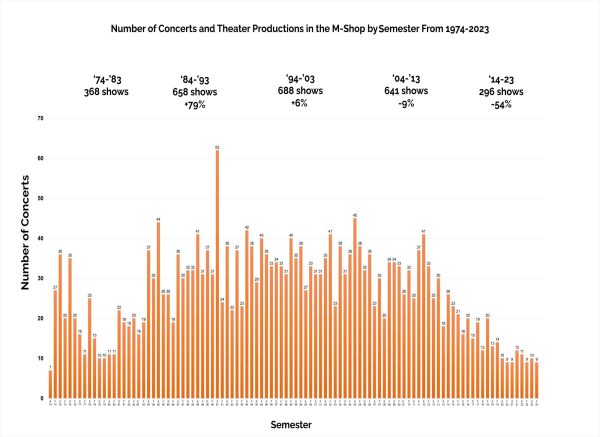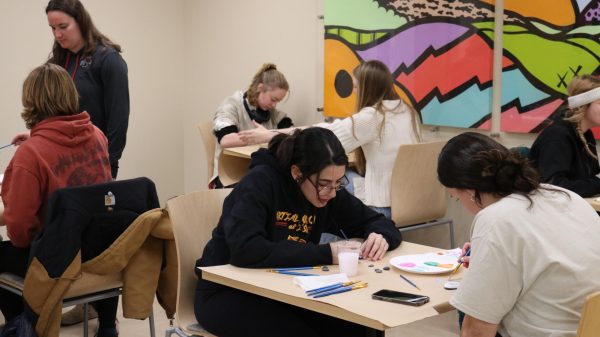Snapchat: A communication tool and a cultural focus for Gen Z
Snapchat is a popular app that can be used for photo and video sharing, location services and live event content.
November 29, 2021
With the rising popularity of Snapchat, progressively more users are losing sight of the original intent of the programming; to communicate and connect friends together through snapshots of their daily life.
There is a significant increase in daily active users on Snapchat. A 2021 article published by Forbes reports, “The company had 293 million such users in the second quarter, a 23% rise.”
Snapchat is a social media platform that allows users to send photo or video messages that will disappear after a set amount of time. Users take live snapshots of events happening to share with their friends directly, or to all their friends on the stories feature.
Dr. Michael Bugeja is a professor in the Iowa State Greenlee School of Journalism. He believes that Snapchat has the potential to be a good tool of communication when using the application appropriately.
“Snapchat has the possibility of keeping people connected, but I also think it’s inherent programming can give bad actors yet another pathway to do damage,” said Bugeja.
Snapchat can have lasting devastating effects and be potentially dangerous and harmful to individuals.
“The reality is that people use [Snapchat] for cyberbullying and people use it to send hurtful messages. People can take screenshots of what you have done or get an application program interface [API] that will be able to download those Snapchats,” said Bugeja.
Bugeja stressed that Snapchat could be a way to hide drug dealing, infidelity, distressing behaviors and single out people anonymously and humiliate them.
The instant messaging, “Snap Map” location tracking feature and other keystroke patterns by Snapchat are a potential violation of privacy and damaging to self esteem.
Since 2004 when his first book came out, “Interpersonal Divide: The Search for Community in a Technological Age,” Bugeja has been advocating for media and technology literacy education beginning in middle school and continuing all through college.
“Without education, I think that we may inadvertently send inappropriate images of ourselves to people we think are our friends only to have discovered it’s being used in other venues,” said Bugeja.
Snapchat largely affects the way teens and young adults communicate in their relationships in the digital world.
“I think that any social media platform is an inherent threat to any relationship, whether it is a romantic relationship, professional relationship, or a personal one, or a family one,” said Bugeja.
Social media users often act very fast to click ‘I agree’ without even reading the terms of service for the application. People feel pressured to answer really quickly where everything is accelerated online.
It’s critical to read the terms of service and understand how to behave appropriately on social media platforms.
Bugeja recommends sending only appropriate photos and recognizing the potential harm of sending any message.
“Certainly don’t send any type of visual that has to do with drugs or abuse or alcohol misuse. Don’t use Snapchat to get around authorities whether that’s at a college or at home,” said Bugeja.
The addictiveness of Snapchat could potentially harm teens and young adults entering the workforce.
“When you’re in college or you’re in the work world, the issue is not whether or not you’re going to be using Snapchat for any inappropriate purpose. The issue becomes you’re going to waste time on it,” said Bugeja.
Bugeja advises students to have as many face-to-face interactions as possible and always read the terms of service. Keep only trusted people on any social media platform and if anyone violates that trust, block that person.

















